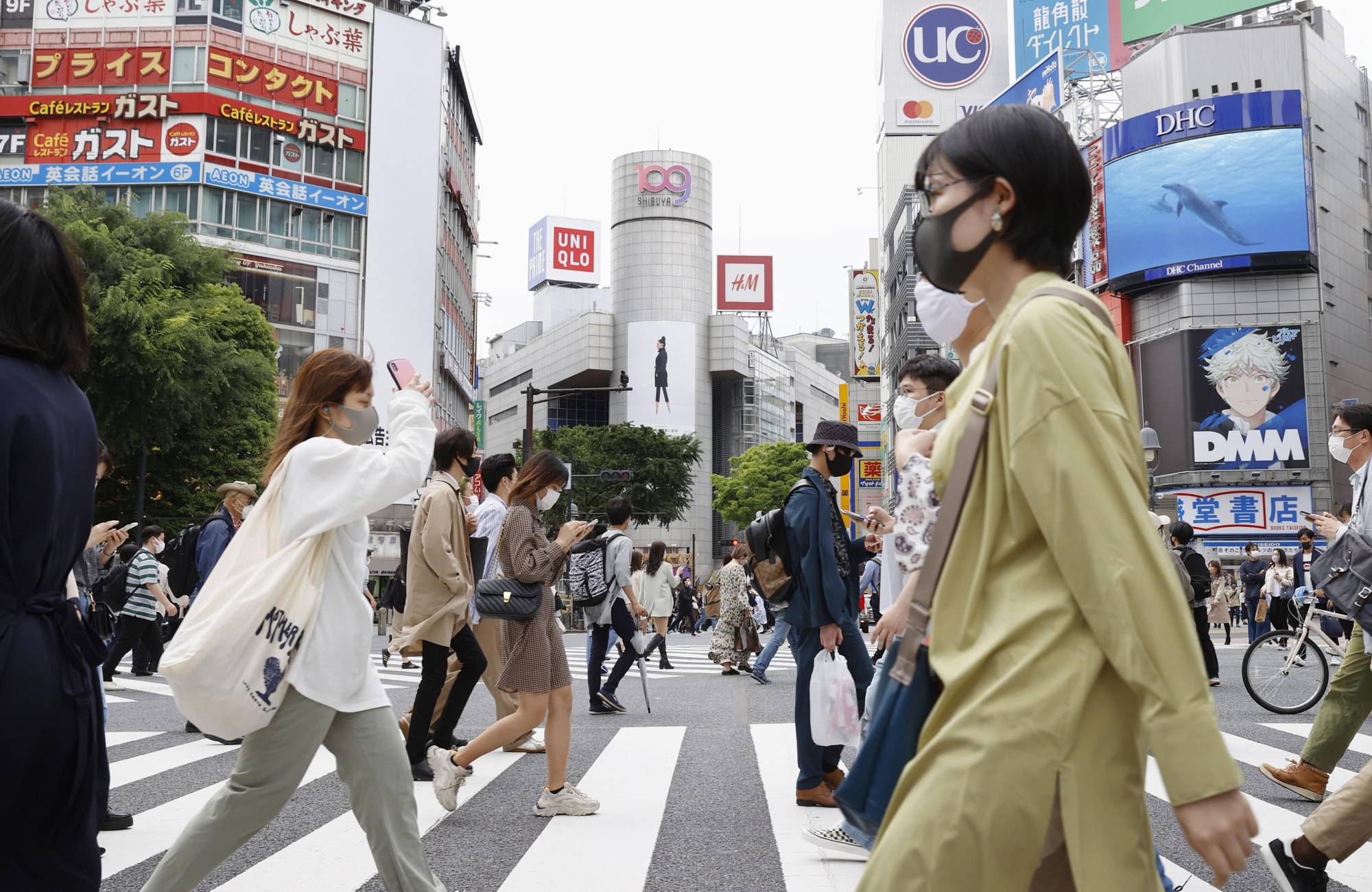
Pre-reading questions
I will read each question. Then, please answer them.
- How do you save money?
- What are some expensive items that you want to purchase?
Vocabulary
I will read the words, meanings, and sample sentences. Then, repeat after me.
- inflation /in-FLEY-shuhn/
- pressure /PRESH-er/
- significantly /sig-NIF-i-kuhnt-lee/
- wholesale /HOHL-seyl/
- increase /in-KREES/
[noun] – a general, continuous increase in prices
The inflation rate went up by 2%.
[noun] – a difficult situation that makes you feel worried or unhappy
She is currently under a lot of pressure at work.
[adverb] – in a way that is easy to see or by a large amount
The cost of oil has significantly decreased.
[adjective] – of or for the selling of goods in large amounts at low prices to shops and businesses, rather than the selling of goods in shops to customers
Purchasing wholesale is far more affordable than doing so at retail.
[verb] – to (make something) become larger in amount or size
We must increase the general public’s awareness of the illness.
Article reading
Please read the whole article. Then, I will check your pronunciation and intonation.
Japan’s inflation rate has increased to a new 41-year high as businesses pass on rising costs to their customers. In the previous month, core consumer prices climbed by 4% from a year ago, which is twice the Bank of Japan’s (BOJ) target. In an effort to combat the rising cost of living, it puts more pressure on the central bank to raise interest rates. The BOJ increased the interest rate on its 10-year government bonds from 0.25% to 0.5% despite rising prices for everything from food to gasoline. As a result, the Japanese yen’s value has increased significantly, rising to 151 yen to the dollar for the first time since 1990.
Producer prices measure inflation at the wholesale level, whereas consumer prices represent what households actually pay for products and services. According to official data released on Friday, January 20, inflation surpassed the central bank’s target of 2% for the ninth straight month. This was its highest level since 1981. However, Japan still has one of the lowest inflation rates in the world, even after the price hike. The country defied the trend of the other G7 countries, which gradually increased interest rates to control rapidly rising costs.
Producer prices measure inflation at the wholesale level, whereas consumer prices represent what households actually pay for products and services. According to official data released on Friday, January 20, inflation surpassed the central bank’s target of 2% for the ninth straight month. This was its highest level since 1981. However, Japan still has one of the lowest inflation rates in the world, even after the price hike. The country defied the trend of the other G7 countries, which gradually increased interest rates to control rapidly rising costs.
Comprehension questions
I will read each question. Then, please answer them based on the article.
- By what percentage did core consumer prices rise?
- What is the current interest rate of the Bank of Japan on its 10-year government bonds?
- What is the current value of one dollar in the Japanese yen?
- What do producer prices measure?
- What country has the lowest inflation rate?
Discussion questions
I will read each question. Then, please answer them.
- What are some of the biggest expenses in your day-to-day life?
- Have the increased costs caused you to change your spending habits? Please tell me more about it.
- How would you manage your expenses if the price rise continued?
- Does having a low-interest rate help consumers?
- How does Japan’s high yen value affect people’s everyday costs?